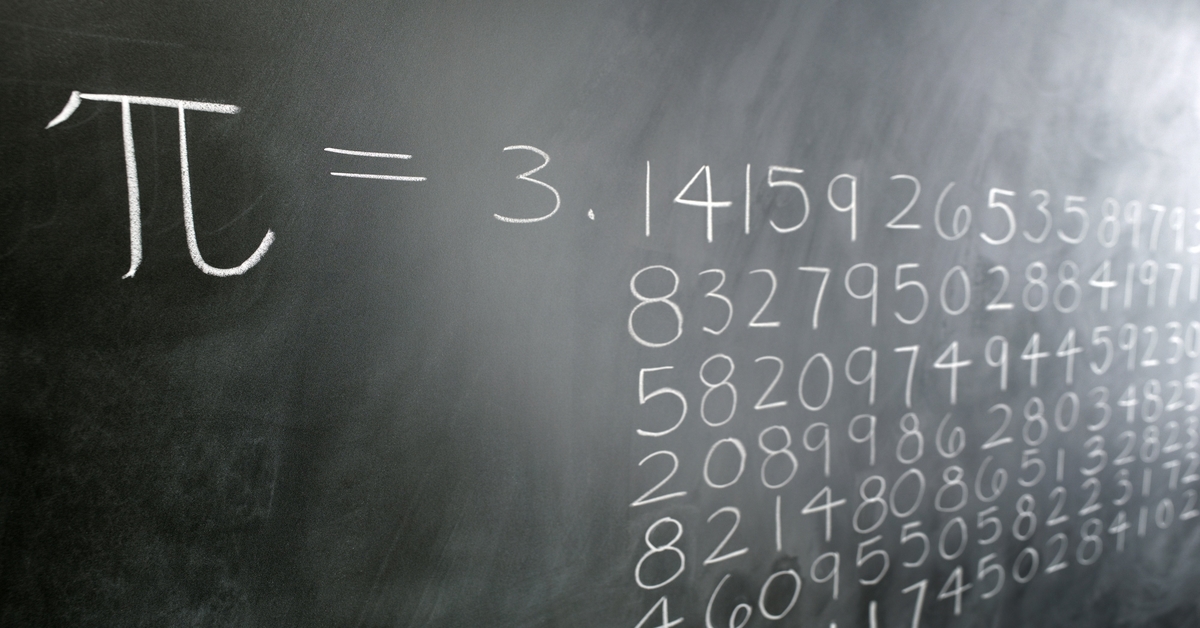An old joke tells of a kid who comes home from school and says: Pi R squared!
His dad then says, what on Earth are they teaching you? Pies are obviously round!
Jokes aside, the number pi is 3.142 – but that’s just an approximation. The actual number is 3.14159265358979323846264338327950 and it goes on and on and on and on. Here are the first million digits of pi, better start practising your memorisation skills now if you’re keen on participating in the pi recital contest next year!
Now you might be wondering… How many digits are there to the number pi? The answer is…there is no answer to that question. Pi is an irrational number, which is a real number that cannot be expressed as the quotient of two integers, meaning the number goes on indefinitely.
But now Swiss scientists and a supercomputer just calculated pi to trillions of decimal points, breaking the world record for the most calculated digits of pi.
Not-so-yummy science.
With their new high-performance computing (HPC) system, researchers at the Graubünden University of Applied Sciences have been sticking their fingers in many…pies.
For Keller Thomas, one of his research tasks involved calculating pi using the Chudnovsky algorithm to upwards of 62.8 trillion digits, besting the previous record of approximately 50 trillion digits by 12.8 trillion. His team also did it in only 108 days, one-third of the calculation time held by the previous record.
The university’s supercomputing system is equipped with a terabyte of memory and powered by a pair of AMD Epyc 7542 CPUs, supplemented by 38 hard disk drives (HDDs) with 16 TB capacity each. They opted for HDDs instead of solid-state drives (SSDs) due to the nature of the calculation, as well as budget constraints.
During the calculation process, 310 TB of storage space was devoted to swapping (a technique used by the researchers to offload work from the RAM onto the HDDs) and roughly 180 TB was used to back up cached calculation data. The final calculation of 62,831,853,071,796 digits occupied a whopping 63 TB of storage space.
But why pi?
Now you might also be wondering what is the purpose of all this…
Keller said that while the full number of pi is irrelevant to most people, beating the world record is a byproduct of tuning the university’s HPC system for future computation tasks in the area of applied research and development such as modelling the entire universe or mapping the human genome.
It’s a testament to the capability of his research team in optimising their system to carry out memory-intensive tasks with limited budget, hardware and human resources. With careful mathematical thinking, a computer can be programmed to do just about anything efficiently. But with the wrong programming, a project can easily fail due to increased computation time.
It’s amazing to think that 146 years ago humans were only able to calculate the number of pi to only 527 decimal places (but still an incredible feat at that time!).
Now we can do it faster and more precisely at trillions of orders of magnitude – a symbol of rapid human innovation.




































